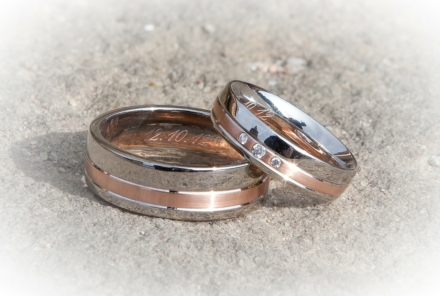
Back in 2014 and into 2015, I posted a multi-part series of posts about the history of marriage in the tax code. In 2016 I was asked to condense that series into a CPE presentation. Here are excerpts from that presentation. This series of posts will cover a lot of the same ground as was covered three years ago, but hopefully with a little bit fresher perspective.
—–
Part 1: In the Beginning
I started this research in 2011 when my practice was heavily involved in the tax complications of same-gender marriage.
Back then — up until the Defense of Marriage Act was overturned in June 2013 — couples in same-gender marriages lived a complicated tax life. They were required to file their federal tax returns as two unmarried people, but they were required to file their state tax returns as a married couple (assuming they lived in a state that recognized their marriage). To create the state return, the couple needed to re-calculate their federal taxes to apply federal tax law for married people.
In working through these recalculations, I discovered that some couples would benefit if they were allowed to file their federal tax return as married, some would see a minimal difference, and some would be worse off.
That part is obvious to most tax preparers. Some people benefit from filing as married, and some don’t.
But my question was: Why does tax law treat married people differently from unmarried people?
This started my research into the history of marriage in the tax code, and now here we are.
This series of posts is not focused on same-gender marriage, because these are things couples in “traditional” marriages have known all along: getting married does not always mean big savings at tax time.
But again, the question is: why?
To answer that question, we need to return to the beginning, to 1913 and the start of the income tax in the United States. We’ll begin the journey in Part 2.

